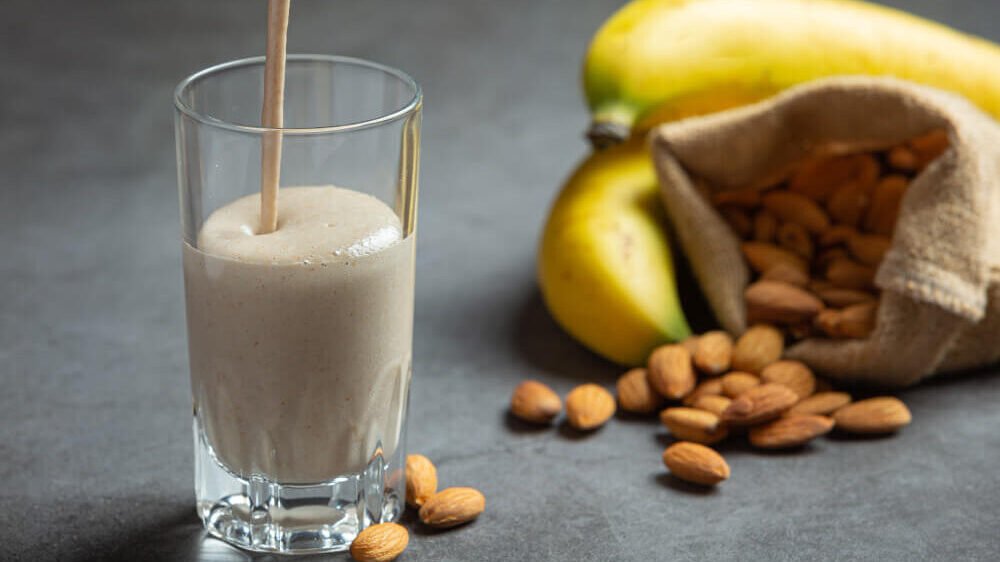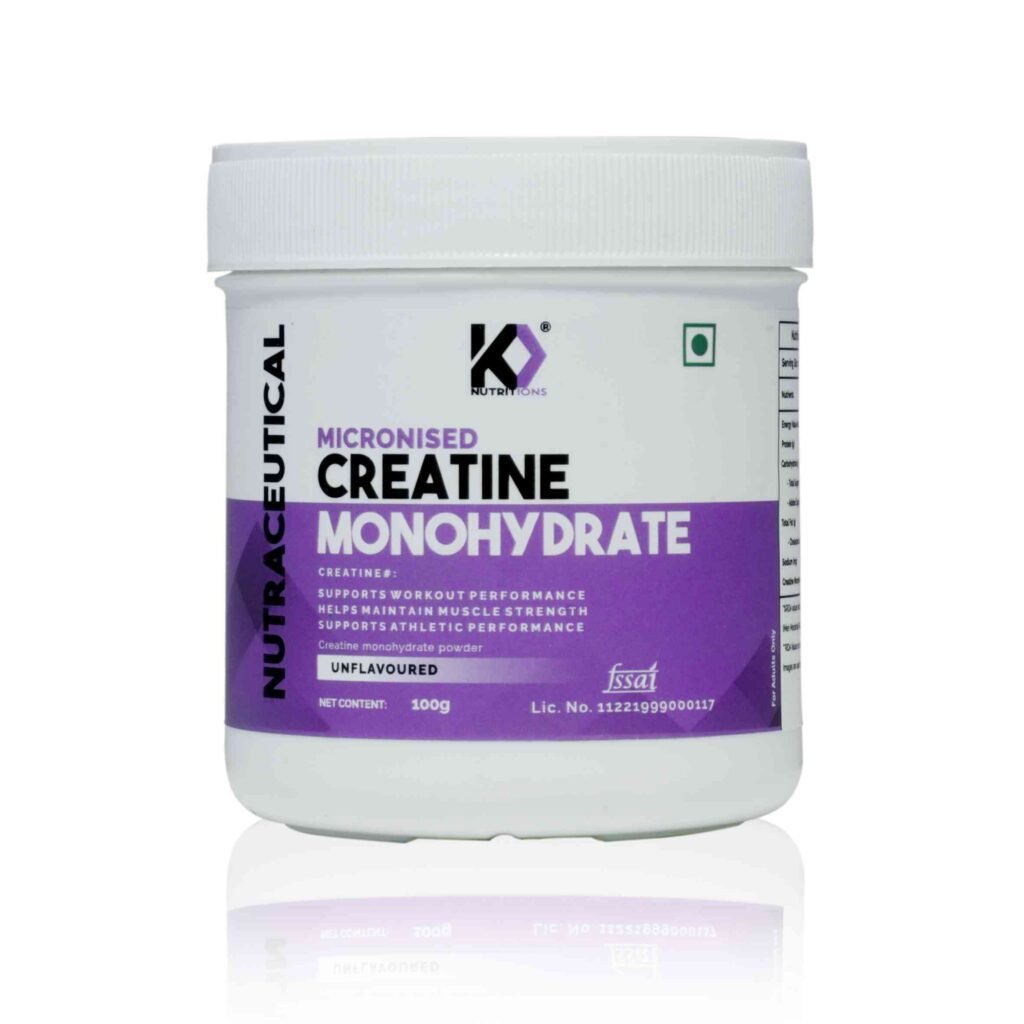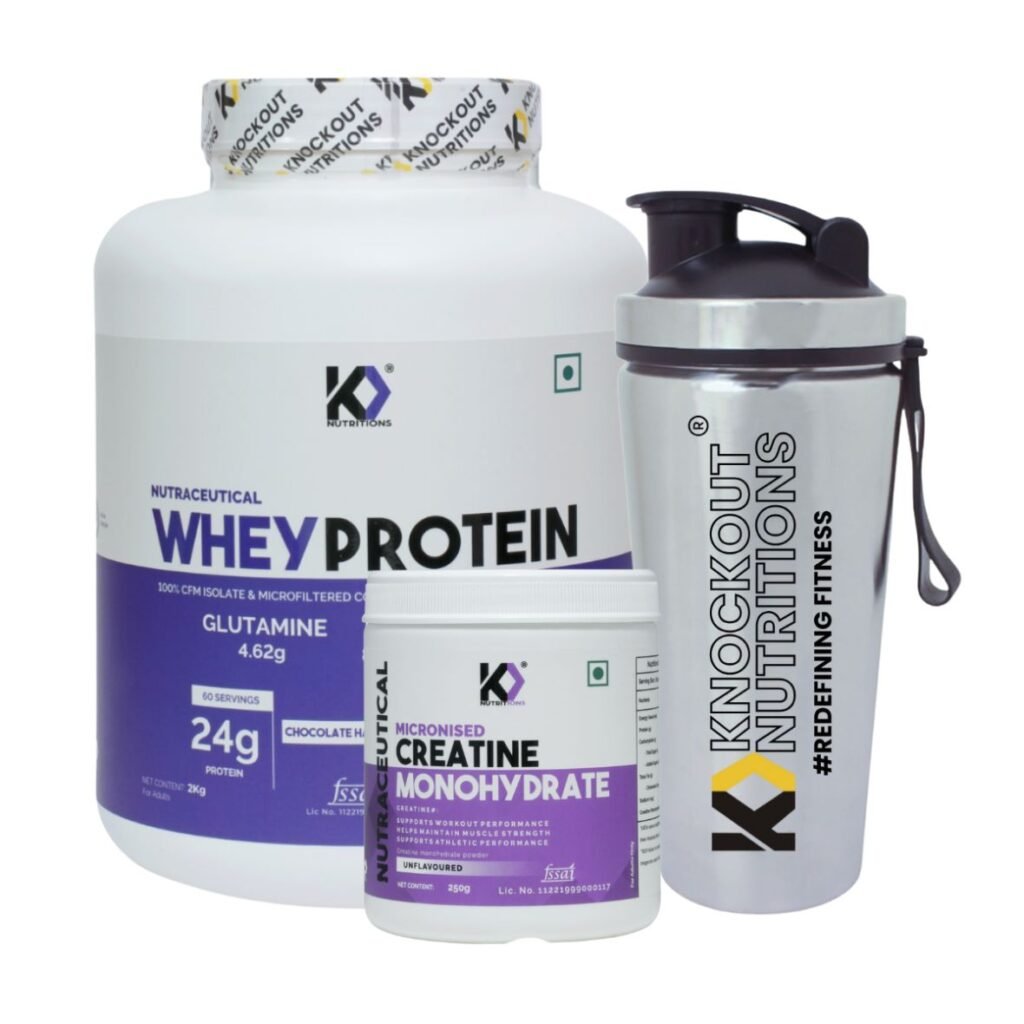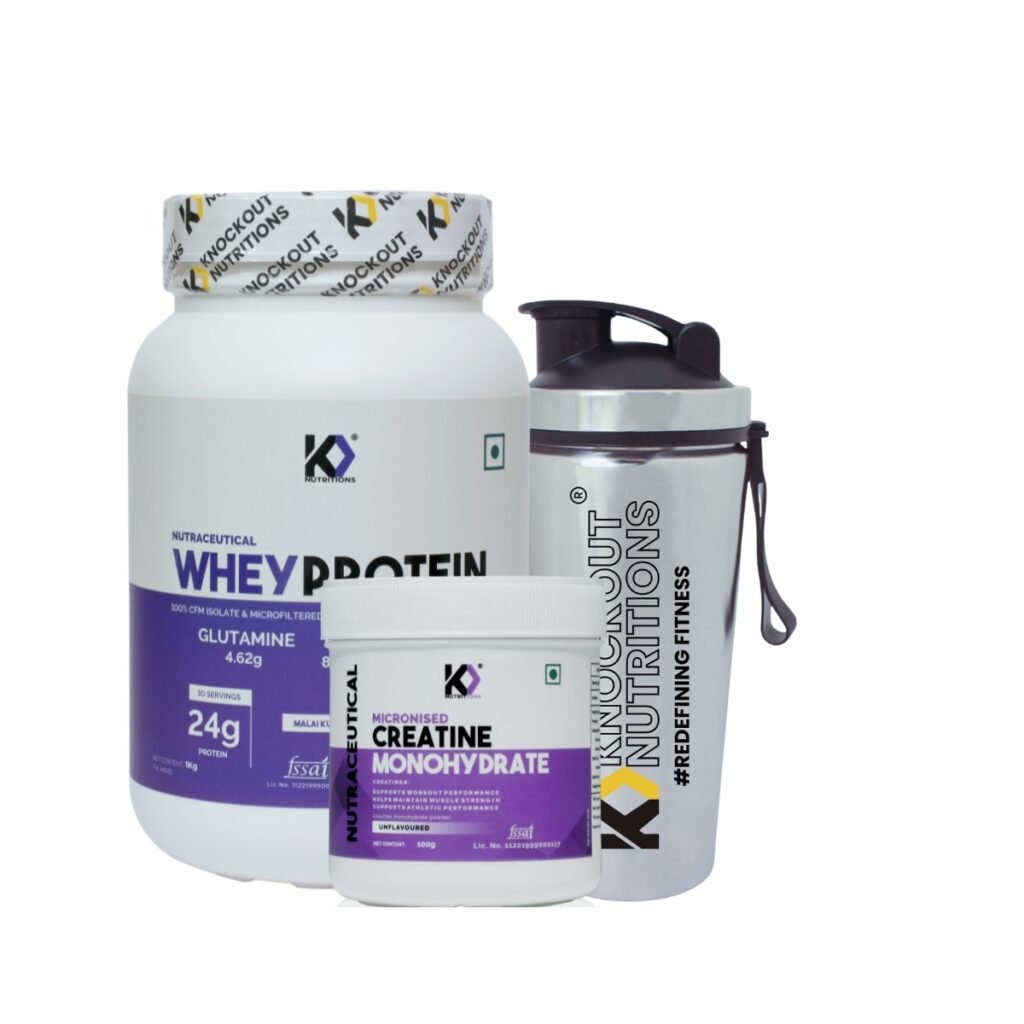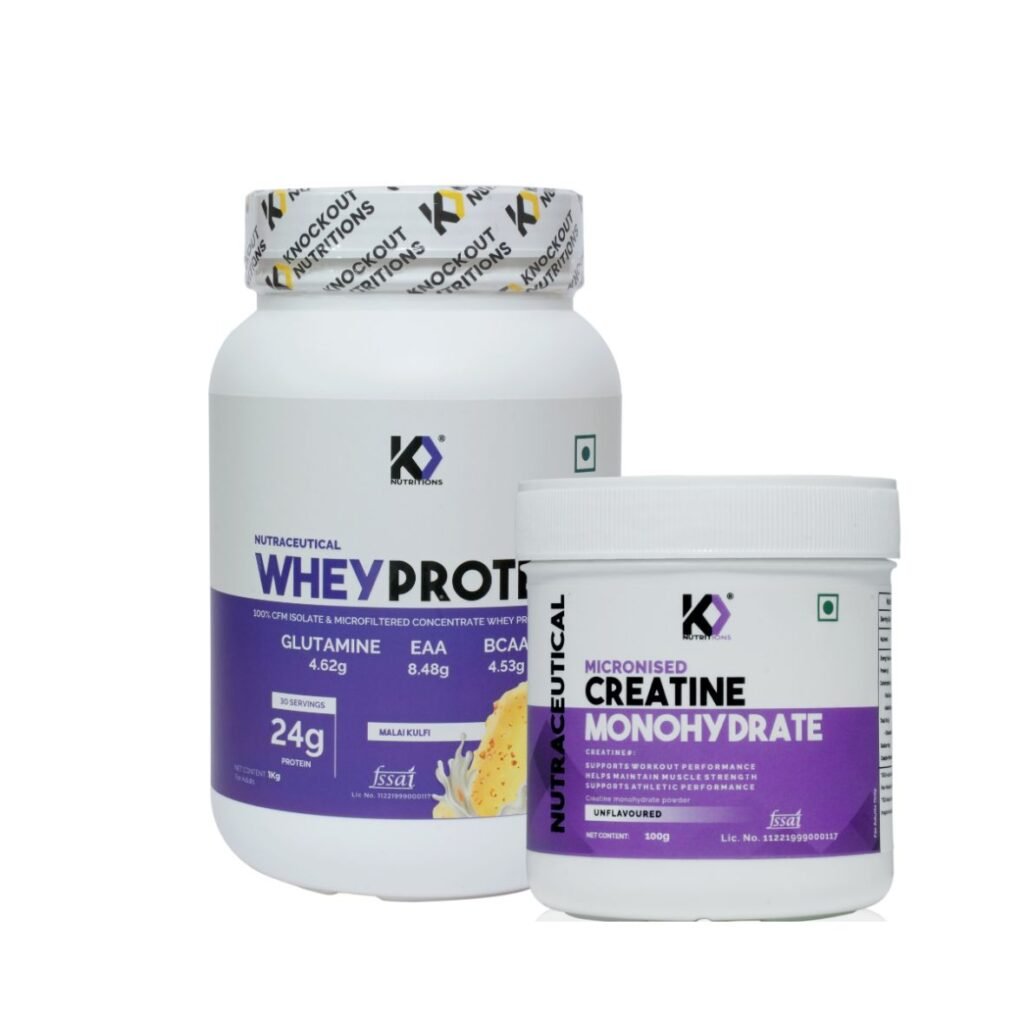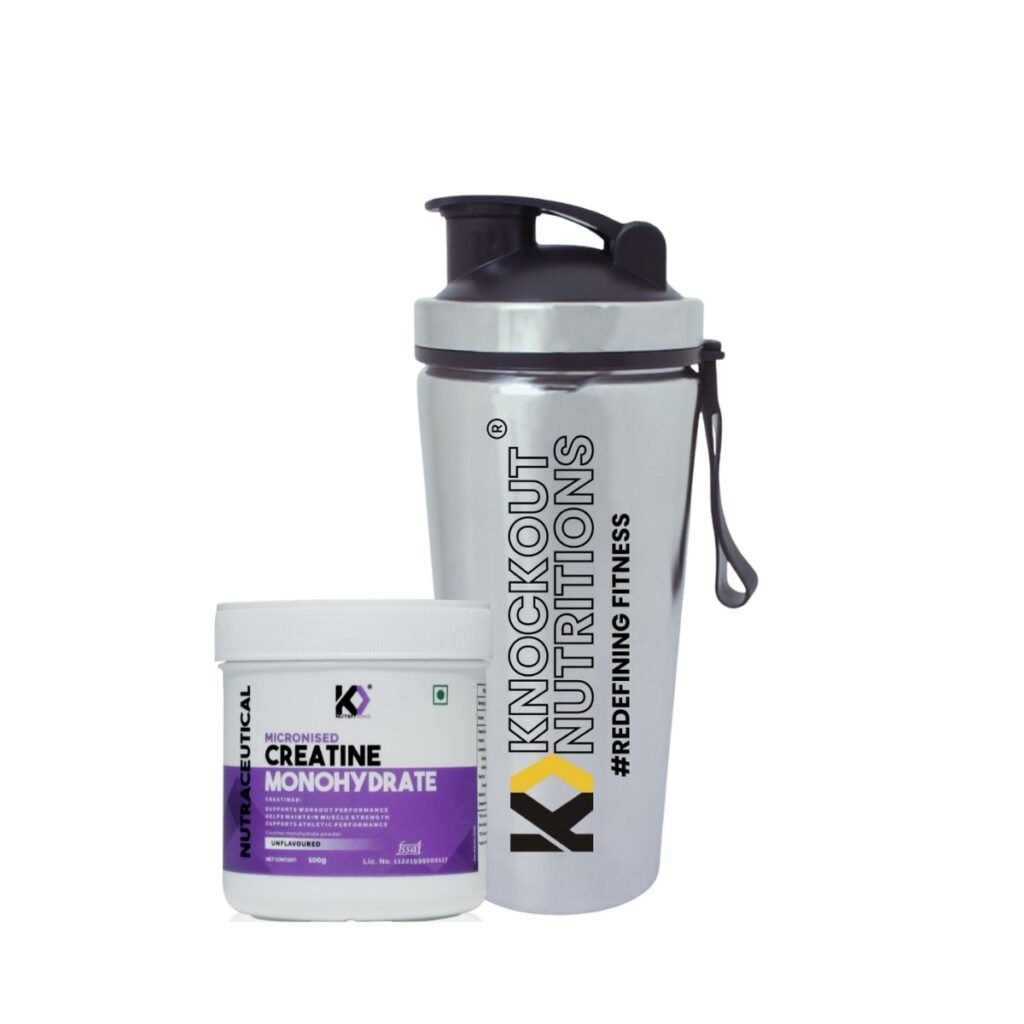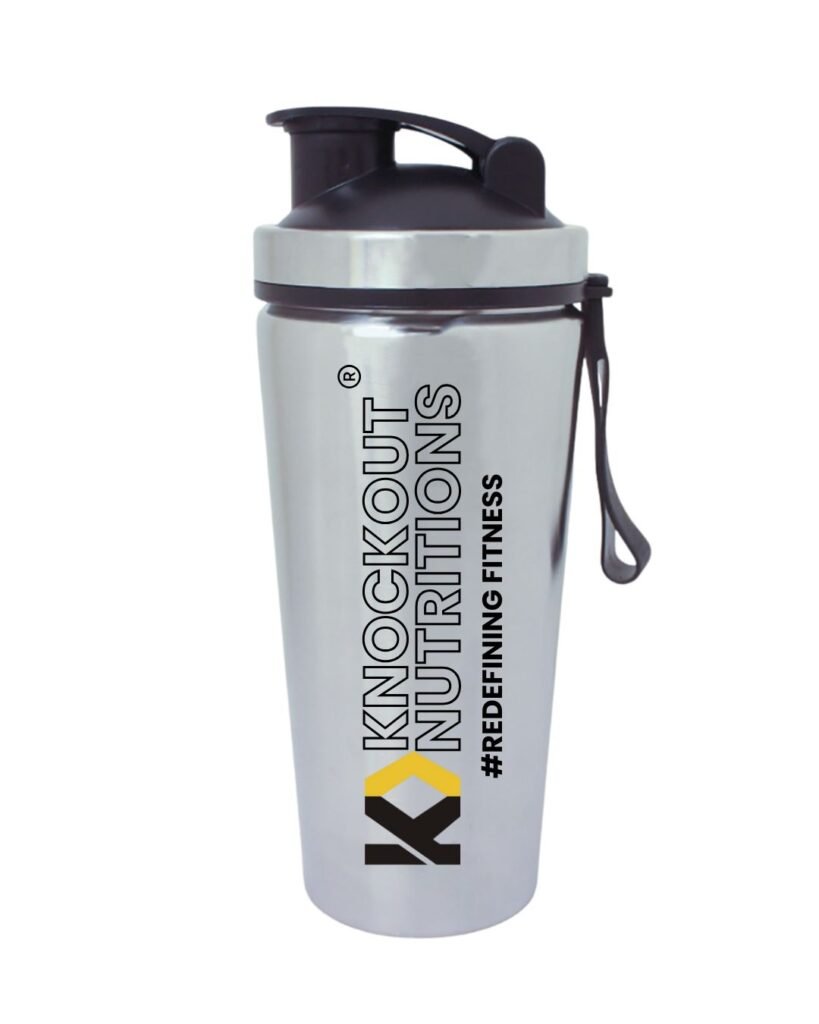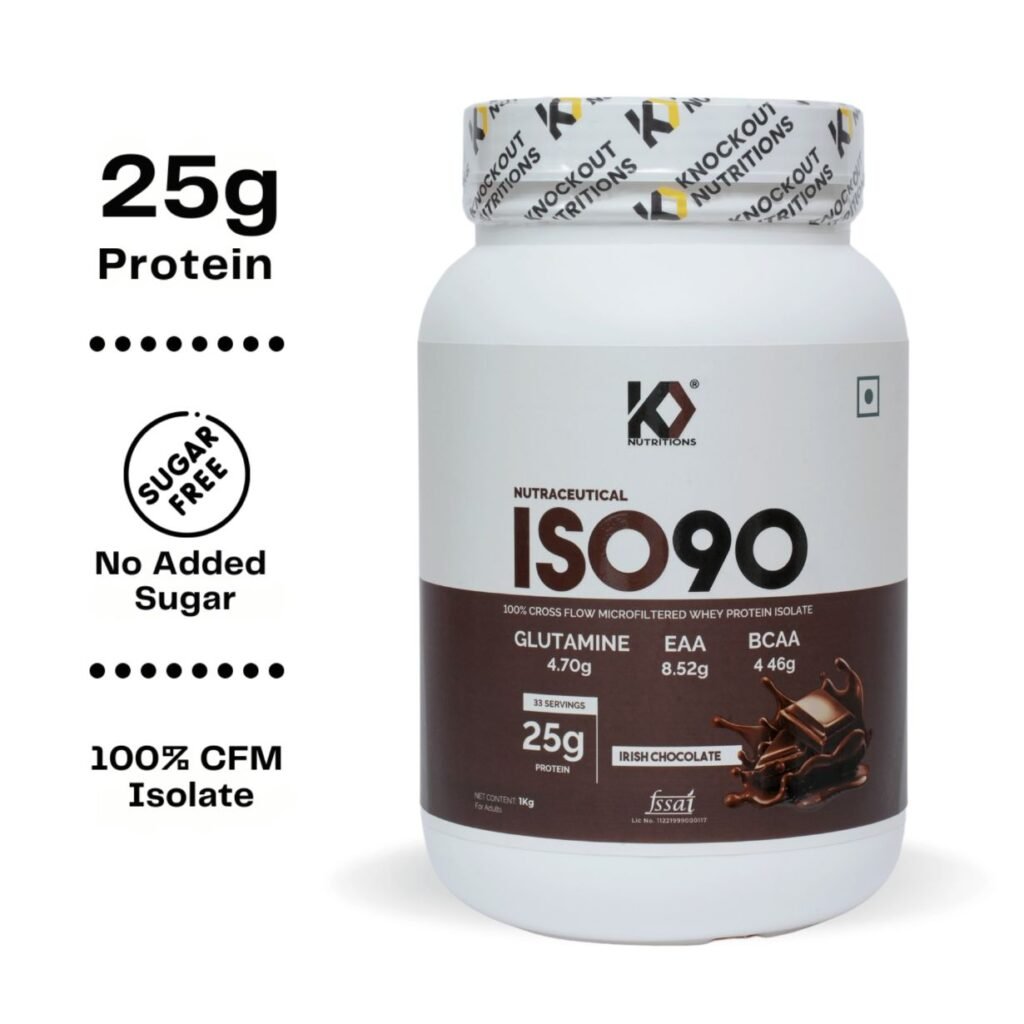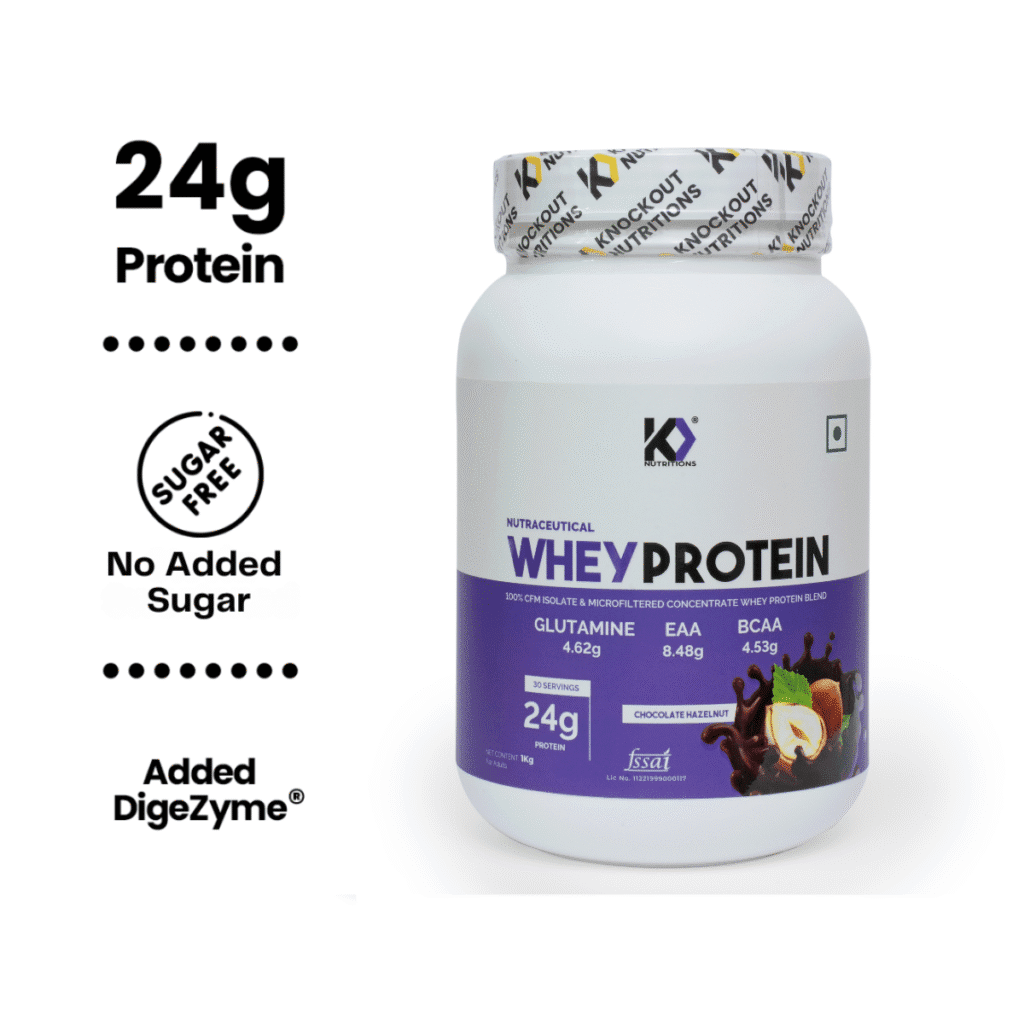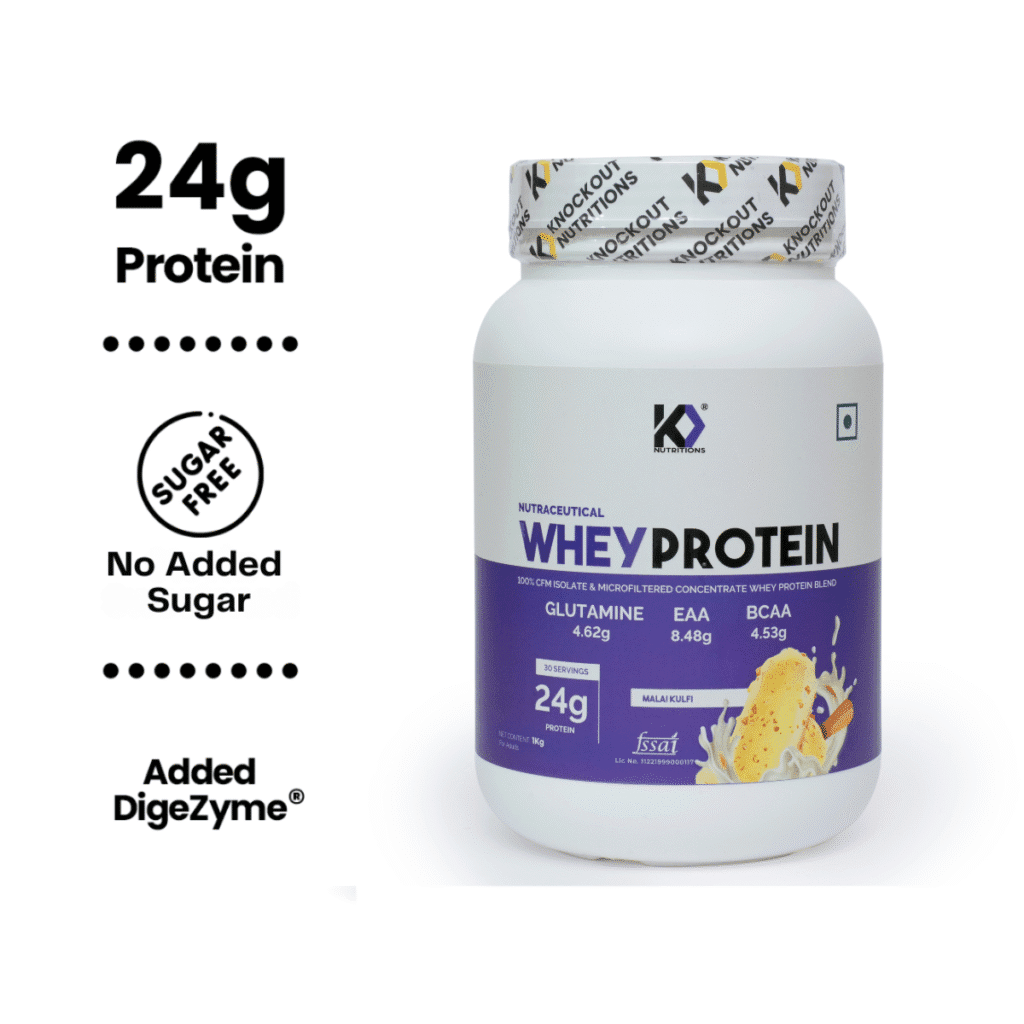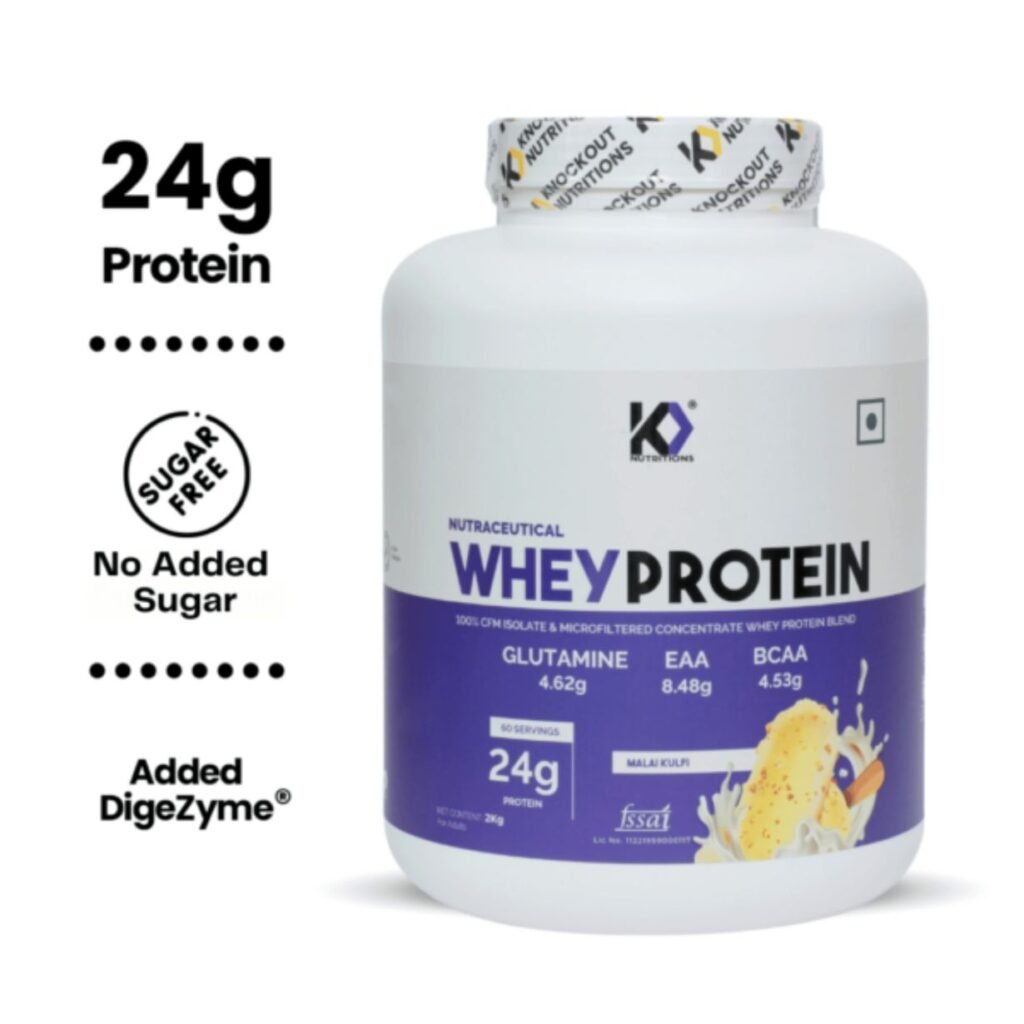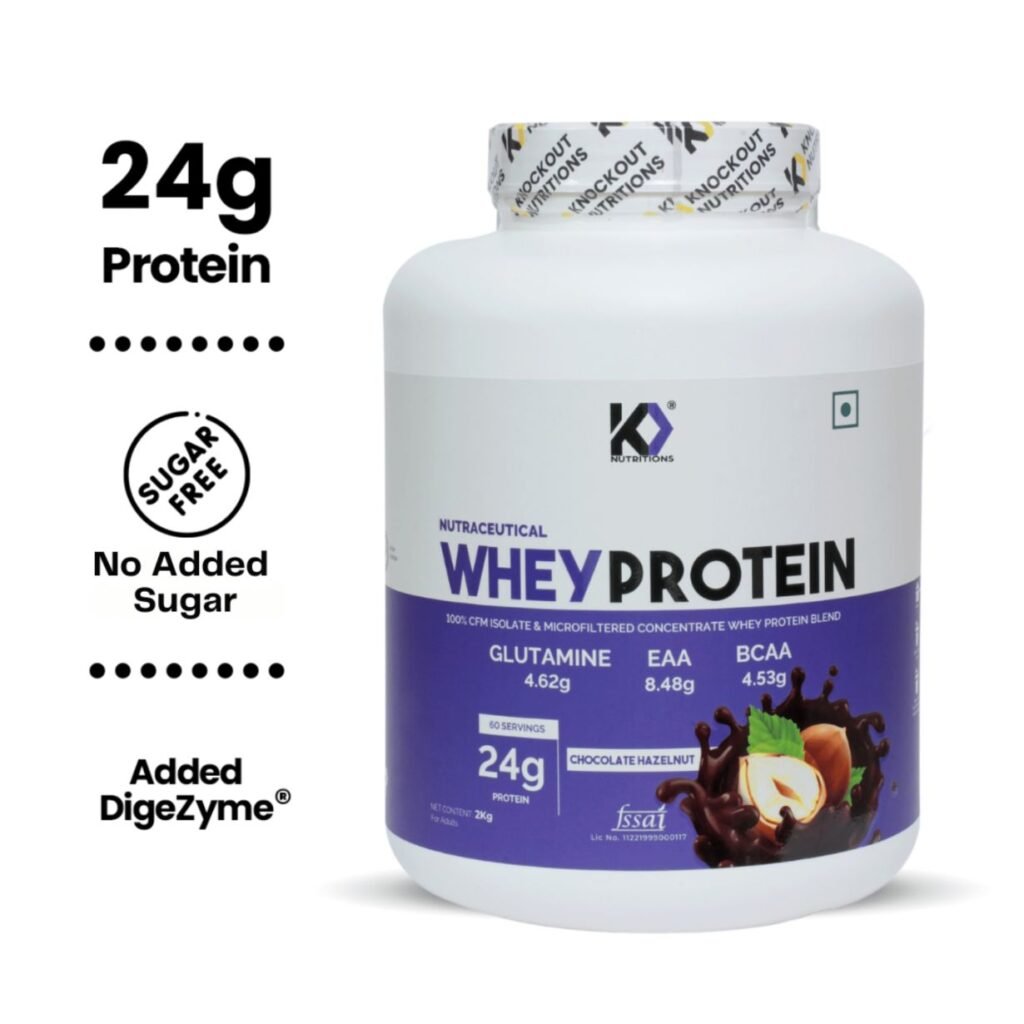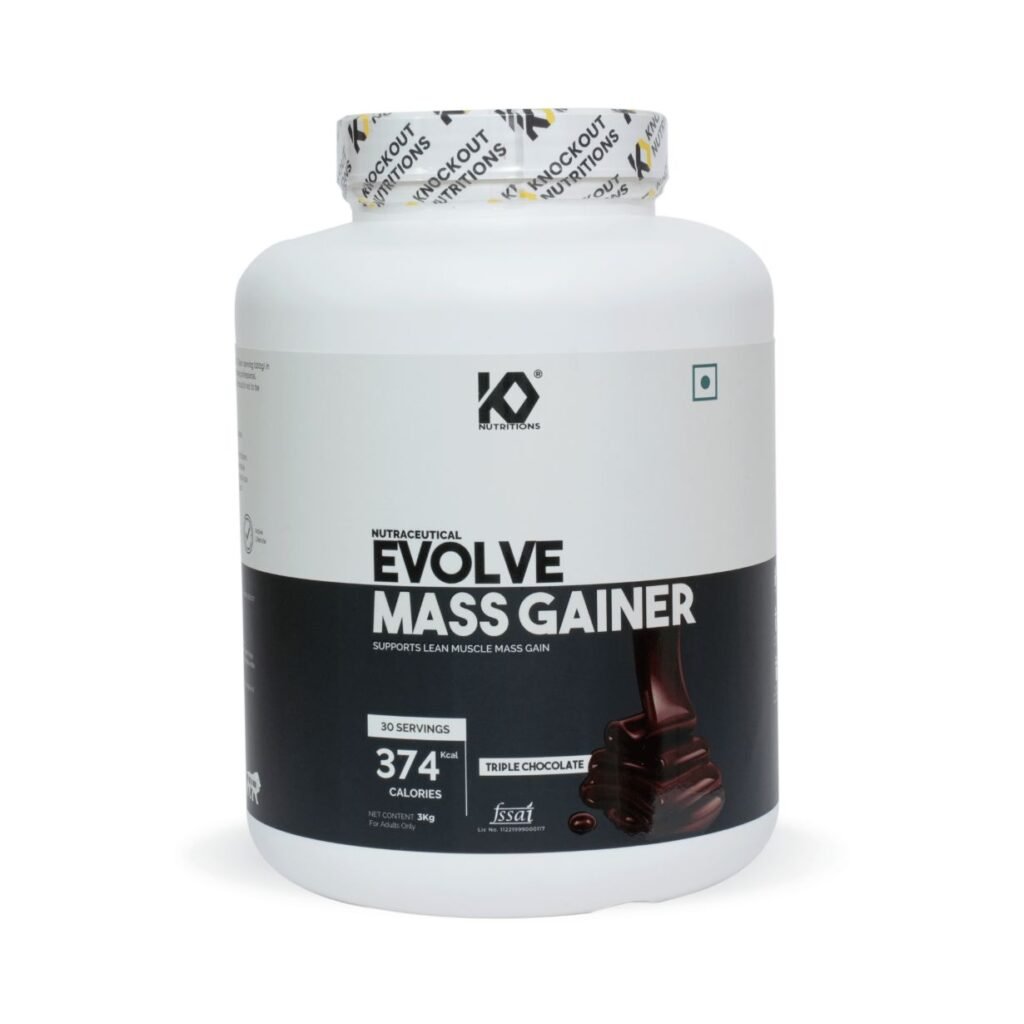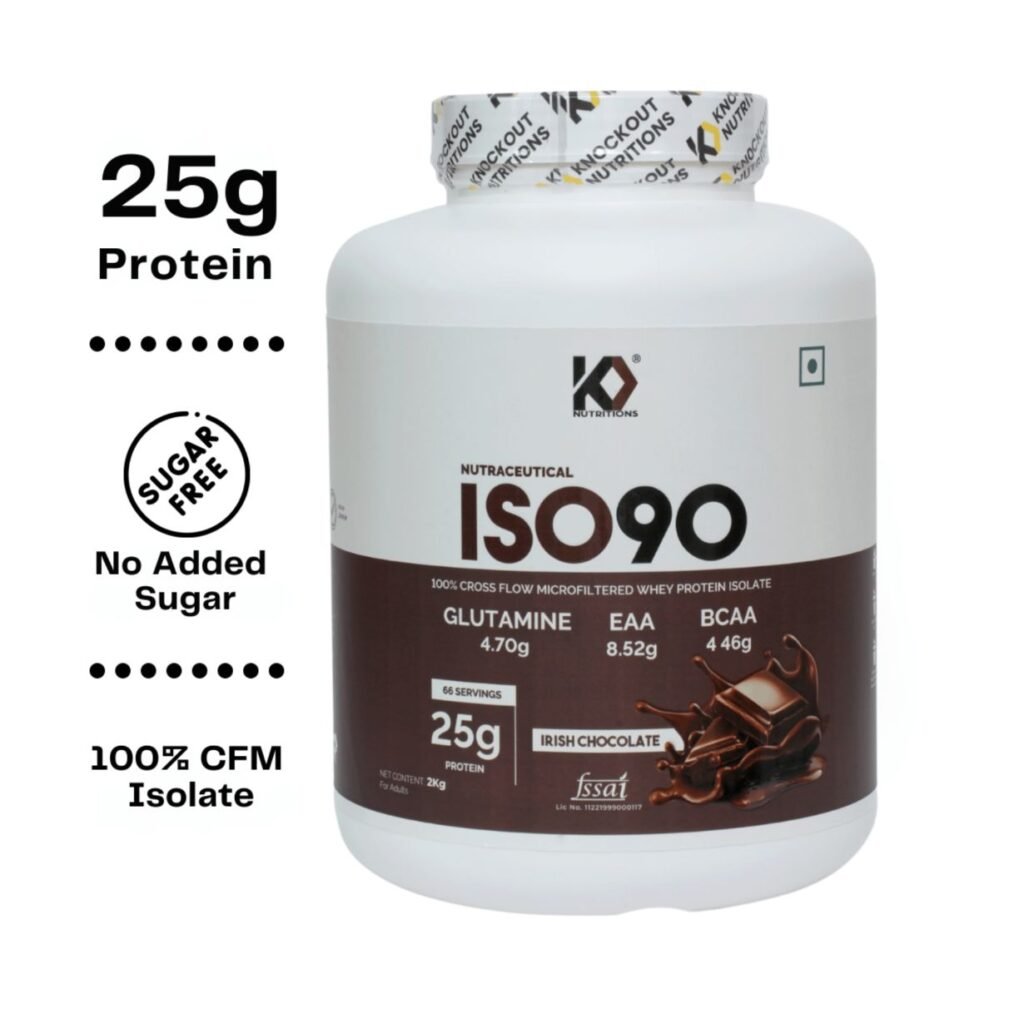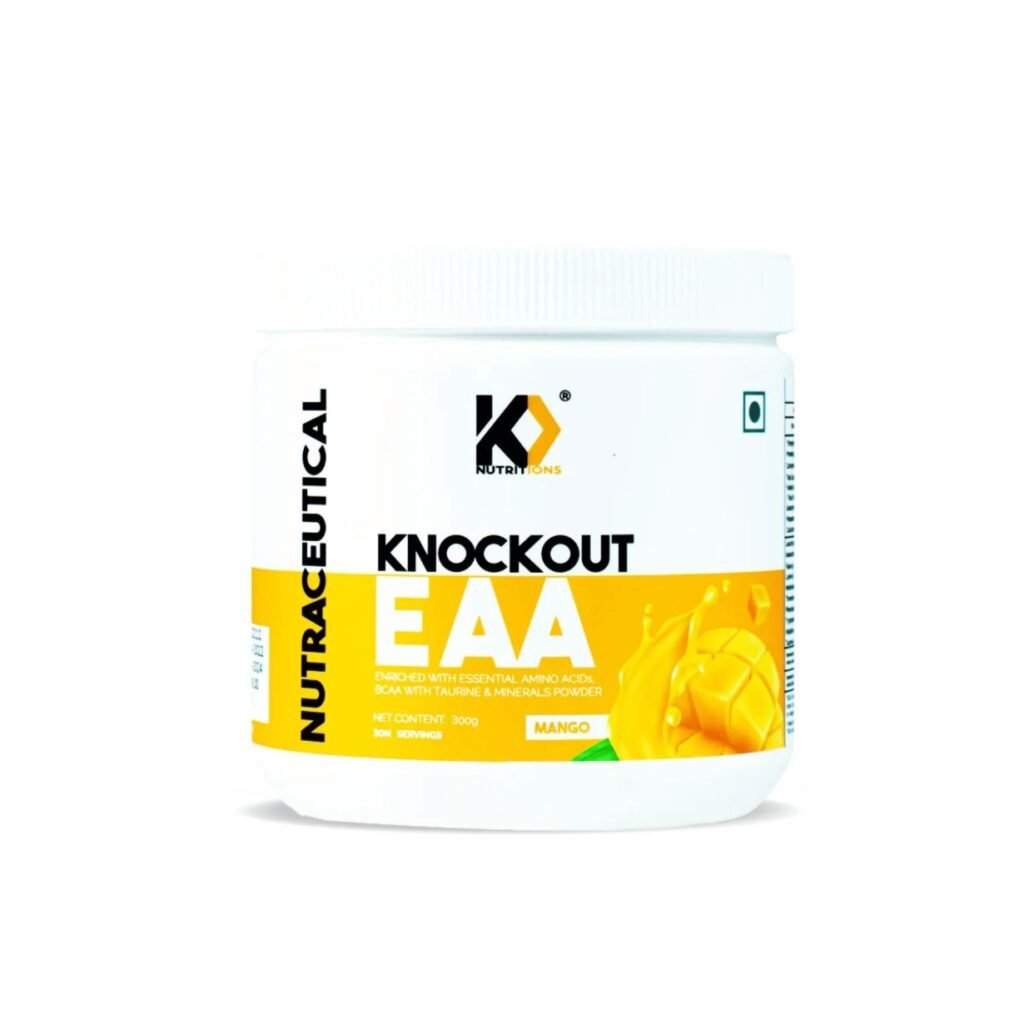Introduction
Welcome to Knockout Nutritions, your trusted partner in your journey toward optimal health and nutrition. Today, we’re diving into the world of protein supplements and exploring a common question: Isolate protein vs. Blend protein. Understanding the differences between these two types of protein powders will help you make an informed choice that aligns with your fitness and dietary goals.
Isolate Protein: The Purity Champ
Isolate protein, as the name suggests, is a highly refined form of protein powder. It is known for its exceptionally high protein content and minimal levels of fats and carbohydrates. Here’s what makes isolate protein stand out:
1. Purity: Isolate protein is processed to remove nearly all of the fats, lactose, and impurities, leaving behind a powder that is 90% or more pure protein. This makes it an excellent choice for individuals who are lactose intolerant or have digestive sensitivities.
2. Fast Absorption: Due to its purity, isolate protein is quickly absorbed by the body, making it an ideal choice for post-workout recovery. It provides your muscles with the necessary amino acids for repair and growth.
3. Low Calorie: Isolate protein is typically lower in calories than blend protein, which can be advantageous for those looking to manage their calorie intake while increasing protein consumption.
4. Low in Carbs and Fats: Isolate protein is virtually carb- and fat-free, making it a suitable option for individuals following low-carb or low-fat diets.
Blend Protein: The Versatile All-Rounder
Blend protein, on the other hand, combines different protein sources to create a well-rounded protein powder. It usually includes a mix of whey protein concentrate (WPC), whey protein isolate (WPI), and sometimes casein or plant-based proteins. Here’s why blend protein has its own set of advantages:
1. Sustained Release: Blend protein provides a more gradual release of amino acids into the bloodstream compared to isolate protein. This makes it an excellent choice for a meal replacement or a snack throughout the day, helping you feel fuller for longer.
2. Nutrient Variety: By combining multiple protein sources, blend protein offers a broader spectrum of amino acids and nutrients. This diversity can be beneficial for overall health and muscle recovery.
3. Creamier Texture: Blend protein tends to have a creamier texture due to the presence of whey protein concentrate, making it a preferred choice for shakes and smoothies.
4. Tolerable for Sensitive Stomachs: The inclusion of whey protein concentrate in blend protein may be easier on the stomach for some individuals compared to the ultra-pure whey protein isolate.
Choosing the Right Protein for You
The choice between isolate protein and blend protein ultimately depends on your individual goals, dietary preferences, and tolerance levels. Here are some key takeaways to help you decide:
Choose Isolate Protein If:
- You’re looking for rapid post-workout recovery.
- You’re lactose intolerant or have digestive sensitivities.
- You’re on a strict low-carb or low-fat diet.
- You want to maximize your protein intake with minimal calories.
Choose Blend Protein If:
- You want a versatile protein source suitable for any time of day.
- You prefer a creamier texture in your shakes and smoothies.
- You value a broader range of nutrients and amino acids.
- You’re looking for a balanced protein source that provides both fast and sustained release.
Conclusion
Isolate protein and blend protein each have their unique advantages, and the choice between them should align with your specific fitness and dietary goals. At Knockout Nutritions, we offer a variety of high-quality protein supplements to meet your needs, ensuring you have the right tools to achieve your nutritional goals. Whichever protein powder you choose, rest assured that you’re taking a step towards a healthier, stronger you.



